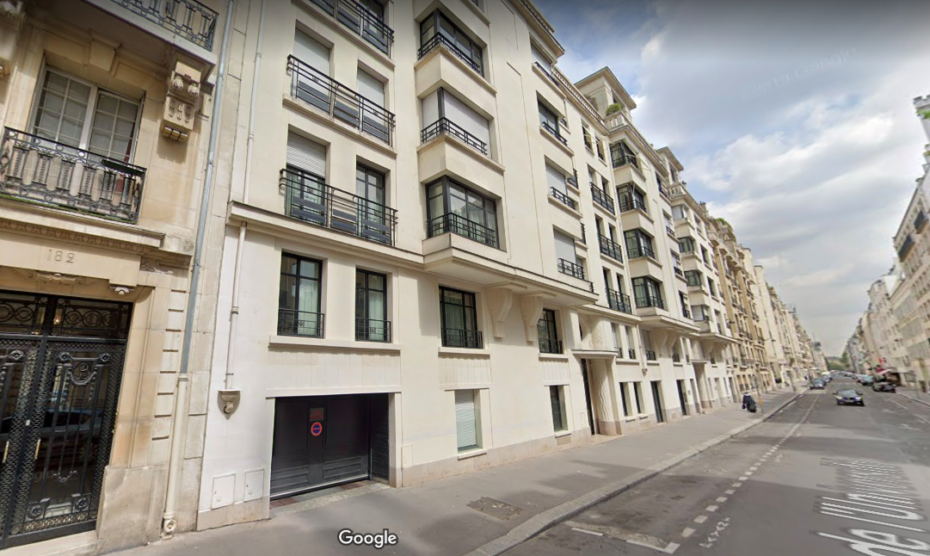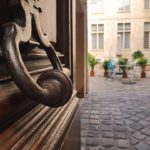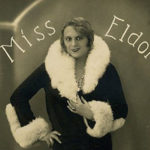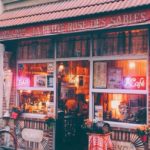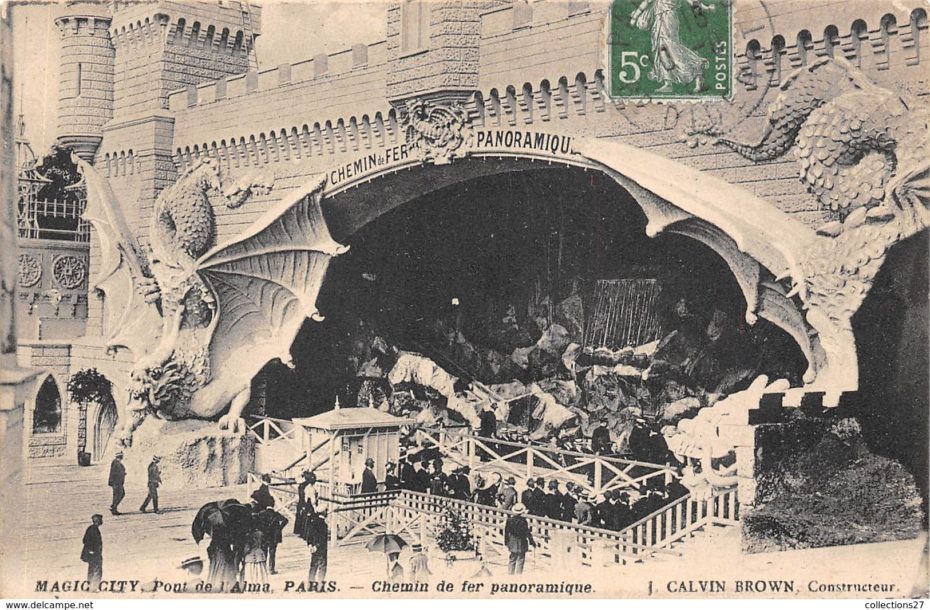
Dragons curled up under the bridge. Toboggans splashed Parisians in to the Seine, benches twirled, and wine flowed freely. It was a Saturday afternoon like any other at the “Magic City” of Paris, the long lost fun fair that was the nation’s very first parc d’attractions. As such, it was quite literally the gateway to extravagances unknown – a ticket into a world of whimsy matched only by the Universal Exposition, aka the Greatest Show on Earth – that could be enjoyed by all, but especially the LGBTQ community, whose legendary drag balls swept Brassaï (and his camera) off his feat. So grab your top hat, darling, for a day at the fair…
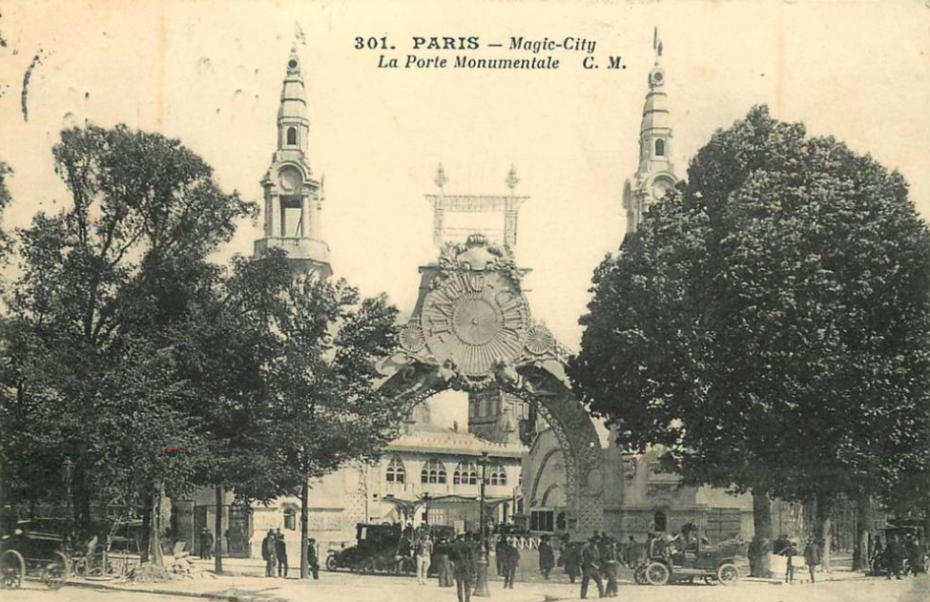
Magic City was the partially the brainchild of a Chicago engineer named John Calvin Brown, and was owned by the same proprietor of the famous Samartaine (the equivalent of Bloomingdales for Parisians, and one of our planet’s best examples of Art Nouveau and Art Deco architecture).
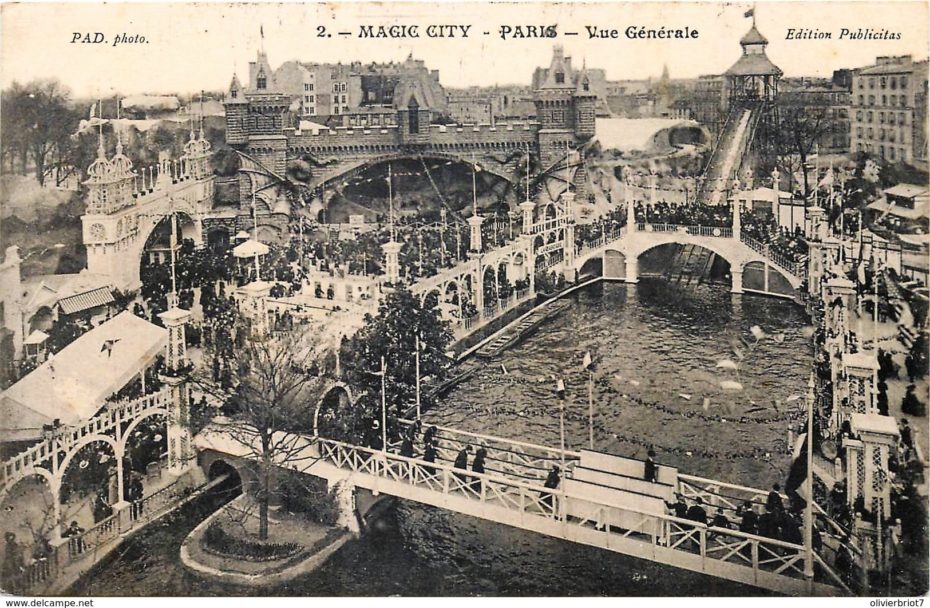
Magic City opened its doors in 1900, at 67-91 quai d’Orsay and rue de l’Université, spilling out under the Pont d’Alma (Alma Bridge).
These days, it’s an area known as place de la résistance, and looking far less festive…
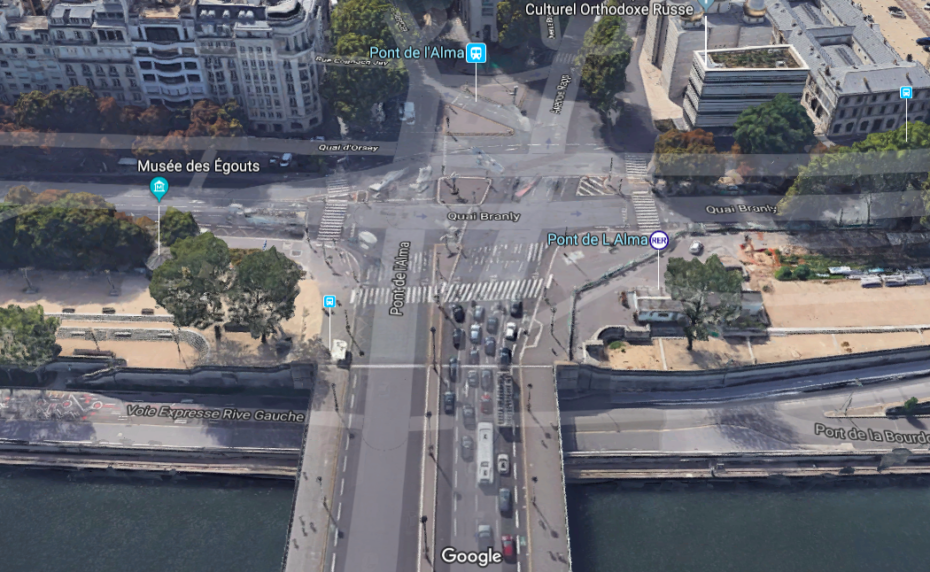
Paris’ iconic Luna Park would follow nine years later at Porte Maillot. But for now, this was the second of Europe’s grand theme parks (the first opened in England in 1896) and it spared no expense…
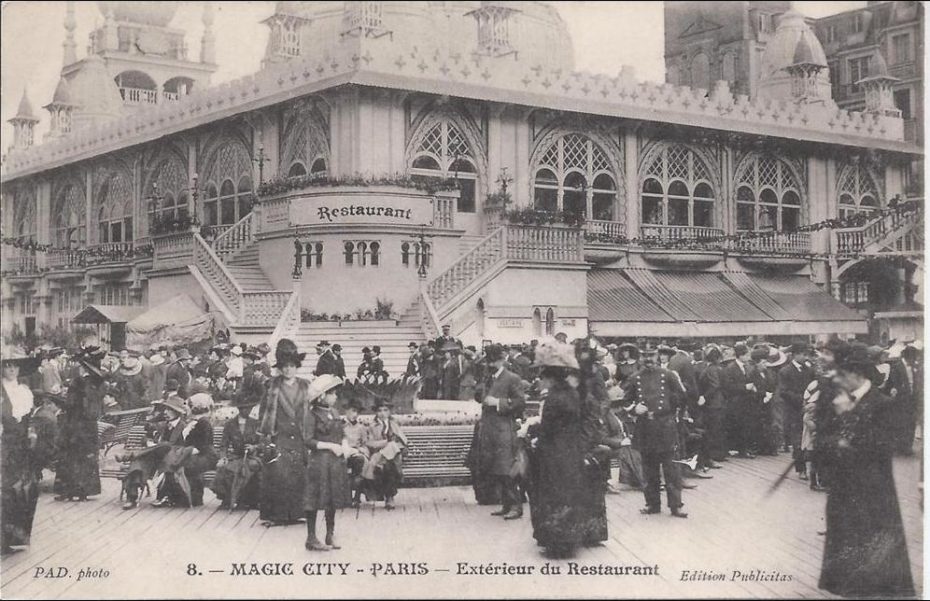

There was a scenic railway, gondolas, and a “panoramic path”; a waterfall ride, a “human roulette” game, a ferris wheel (however janky it may look to our eyes) and so, so much more (re: that magically moving bench)….
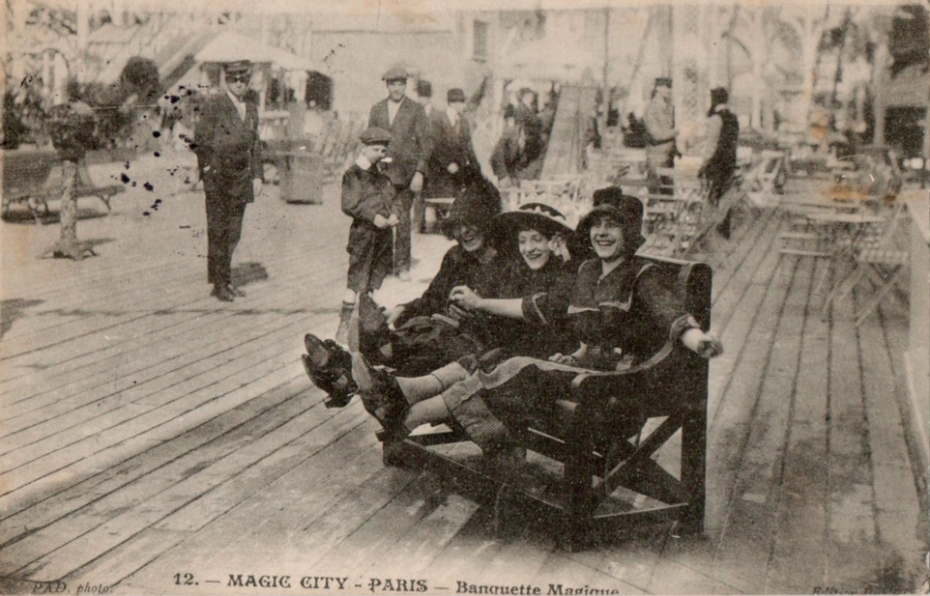
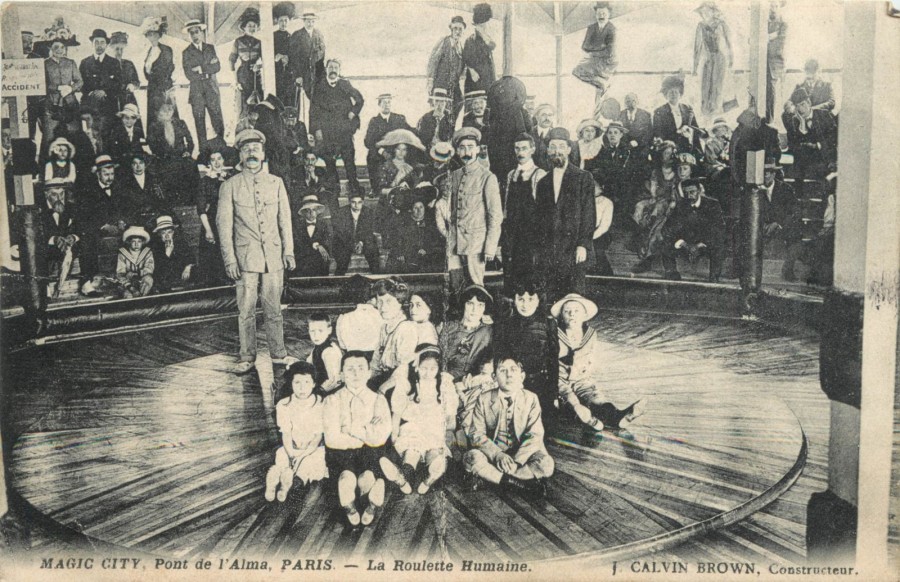
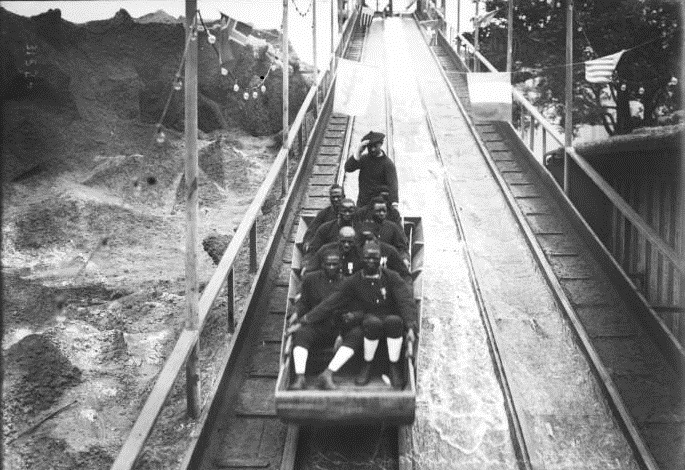
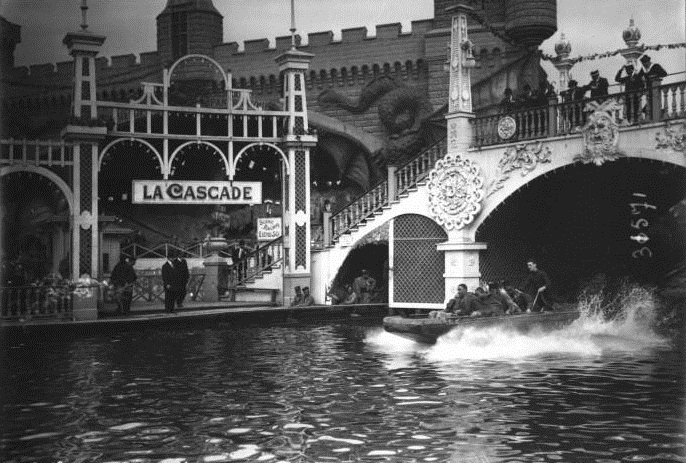
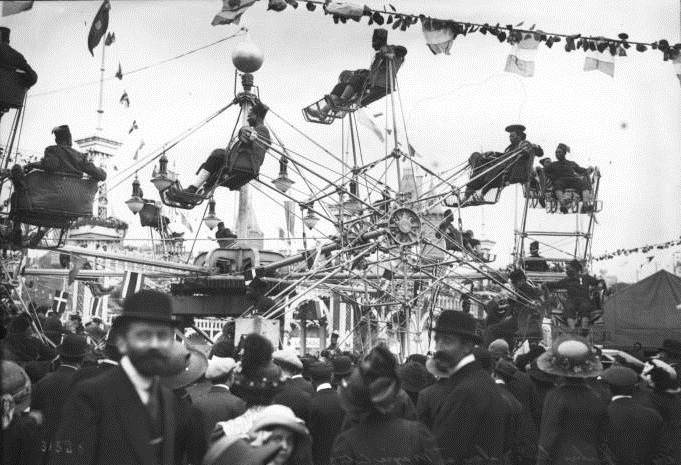
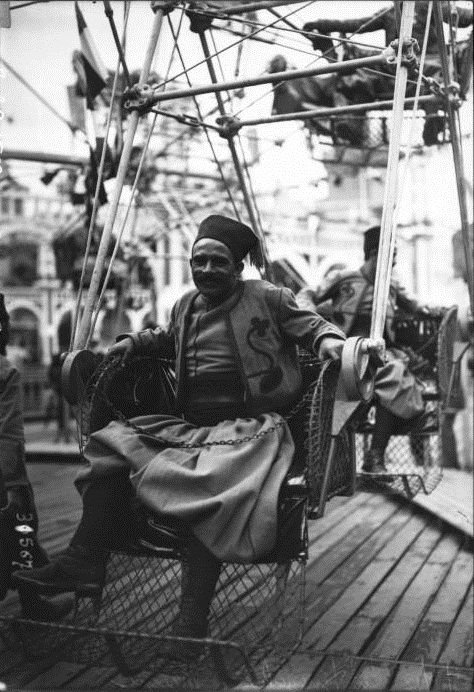
Unlike the Universal Exposition, Magic City held its ground – for a few decades, at least. The attractions closed up in 1926, but up until 1934 its festive halls became host to various cultural and political meet-ups.
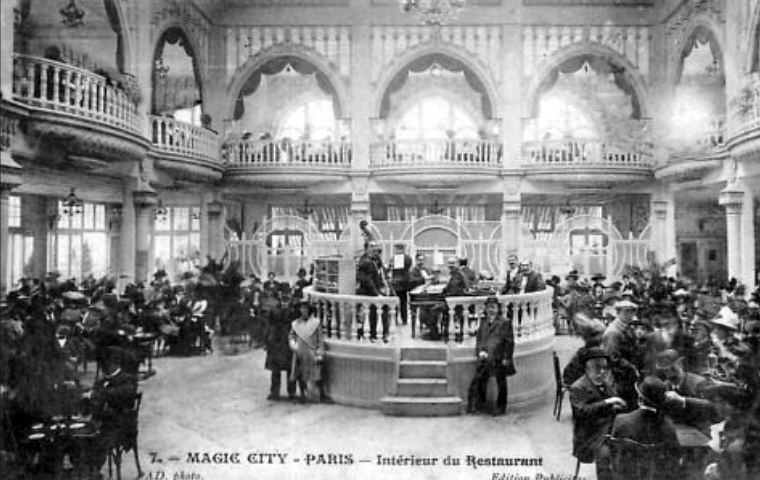
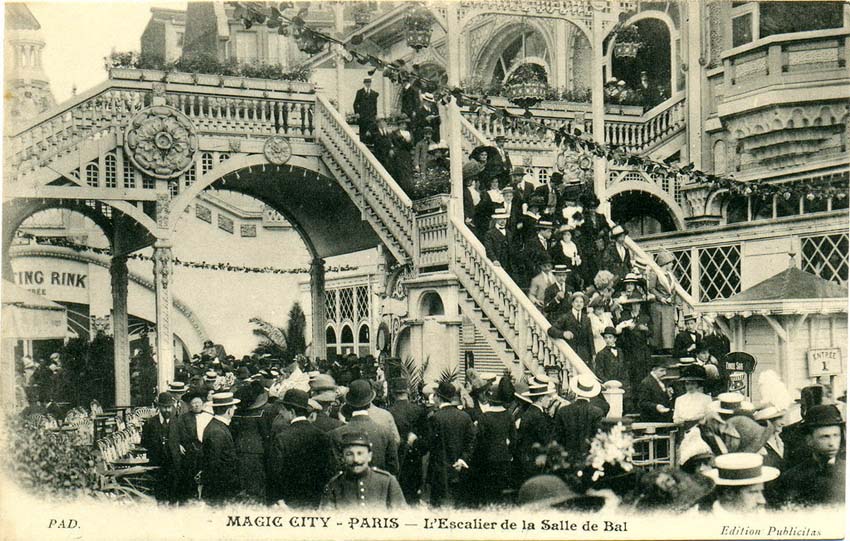
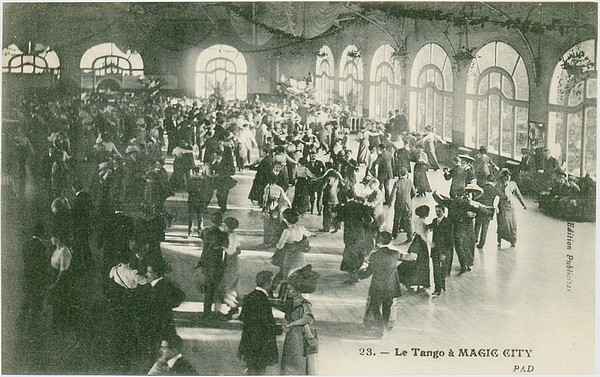
Now, pay careful attention to the wording in the advertisement below…

Magic City became the hub for the city’s brightest drag balls (“Bal Travesti” or “Transvestite Balls”) to unfurl. “The cream of gay Paris was to meet there,” wrote historian David Higgs, “without distinction as to class, race or age. And every type came, cruisers, chickens, old queens, famous antique dealers and young butcher boys, hairdressers and elevator boys, well-known dress designers and drag queens.” Thankfully, Brassaï and his camera flocked to the eye of that creative storm, capturing the most intimate and ephemeral scenes of those Magic City nights…
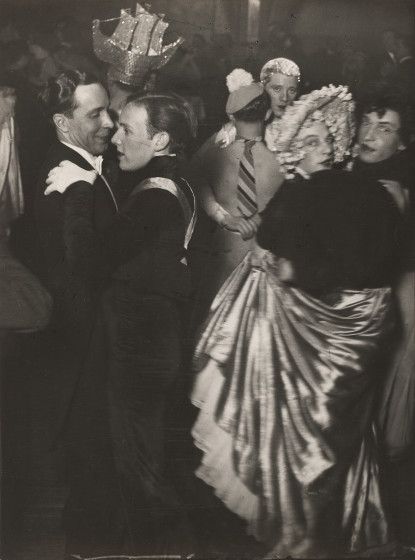
c. 1932 by Brassaï
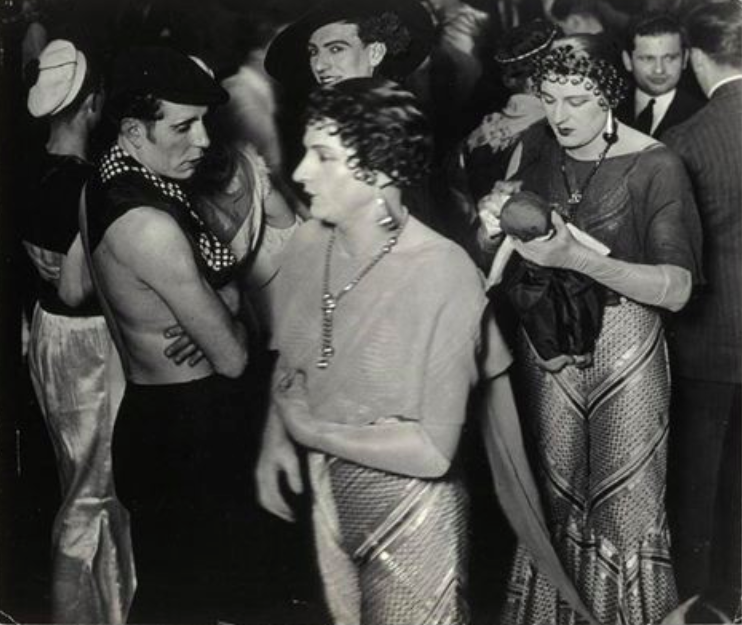
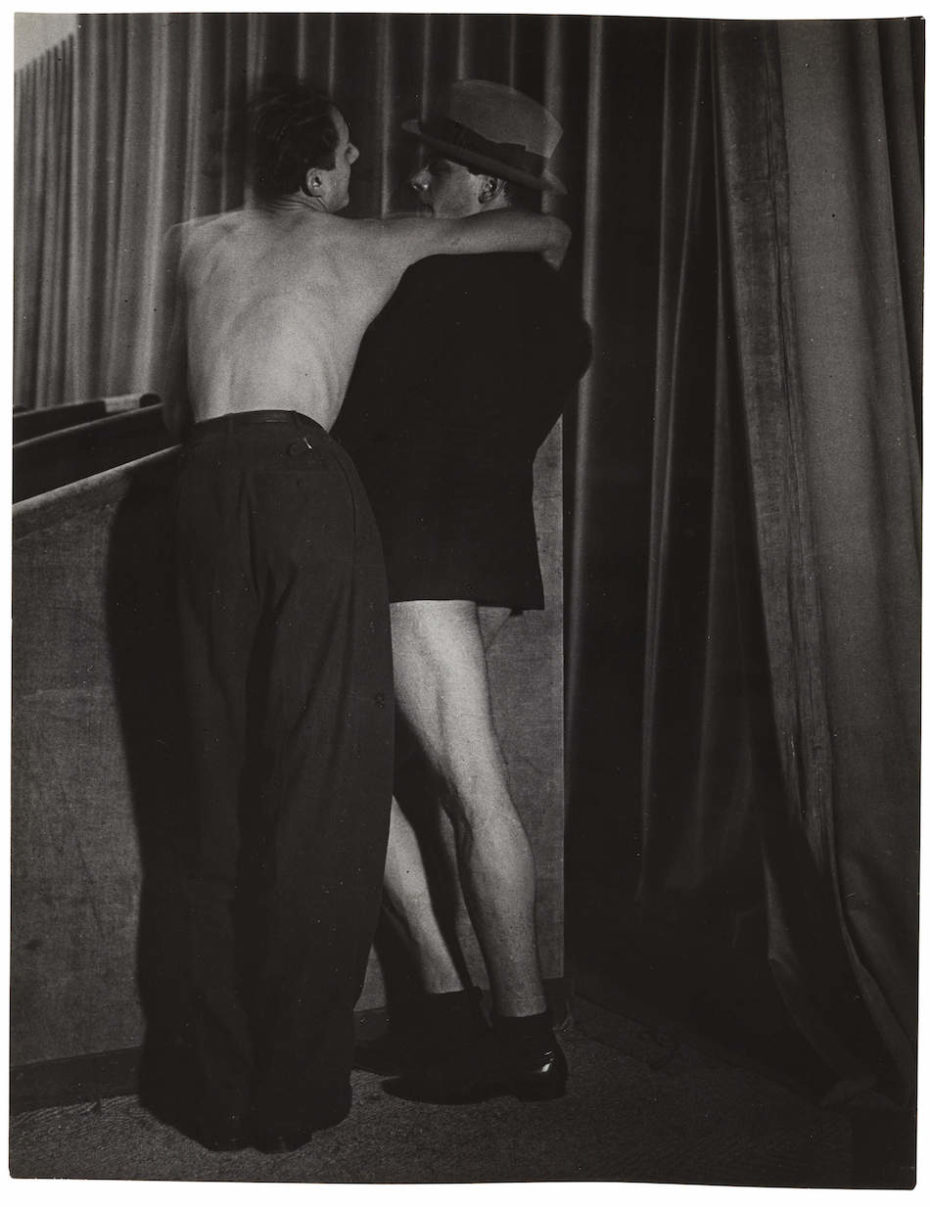
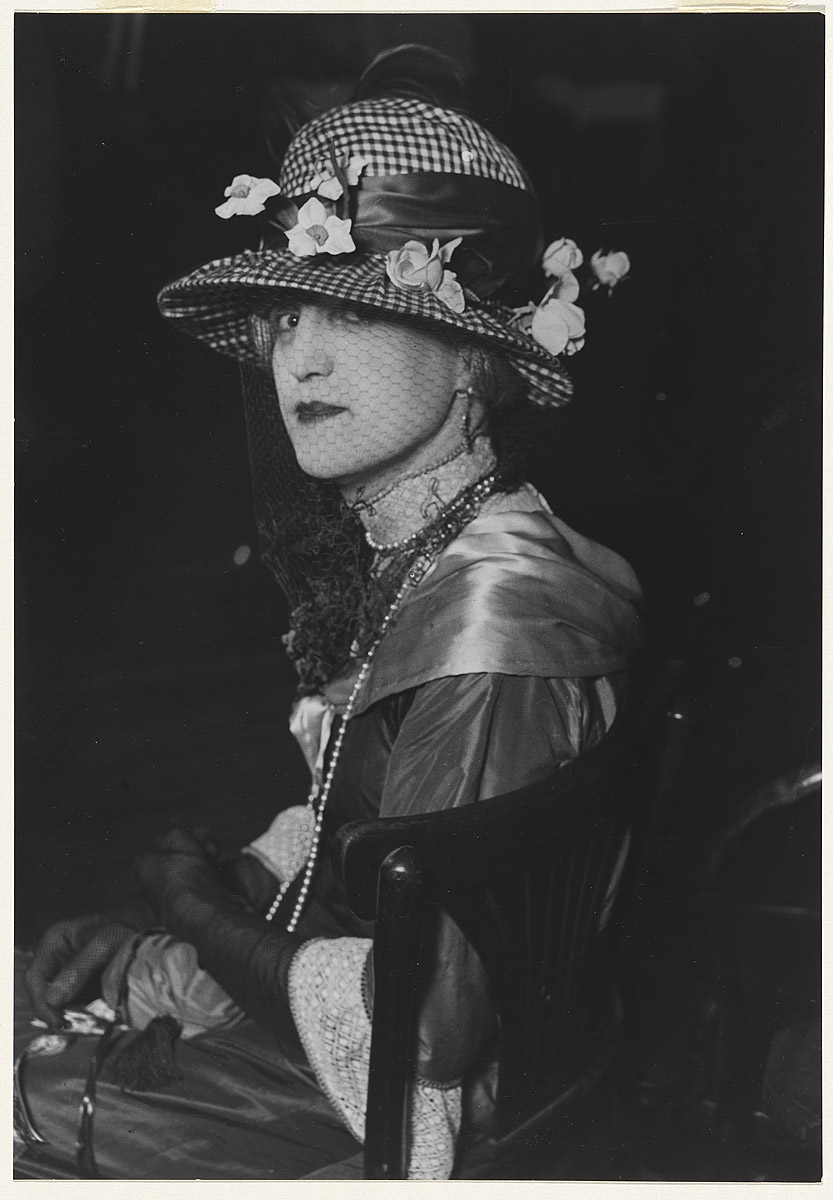
c.1932 by Brassaï
Otherwise known as the bal des invertis (inverti = outdated term for gay), Brassaï called the gatherings “an “immense, warm, impulsive fraternity.” Sadly, the party came to an end not long after the closing of the adjacent attractions in winter of 1934. The massive ballroom continued to host events, but the city made them explicitly outlaw “transvestites” from their dances. As time went on, the memory of the OG Magic City was quite literally paved over with the creation of Cognacq-Jay street. Under German occupation, its home at 180 rue de l’université was totally transformed into production studios and a theatre for Nazi use.
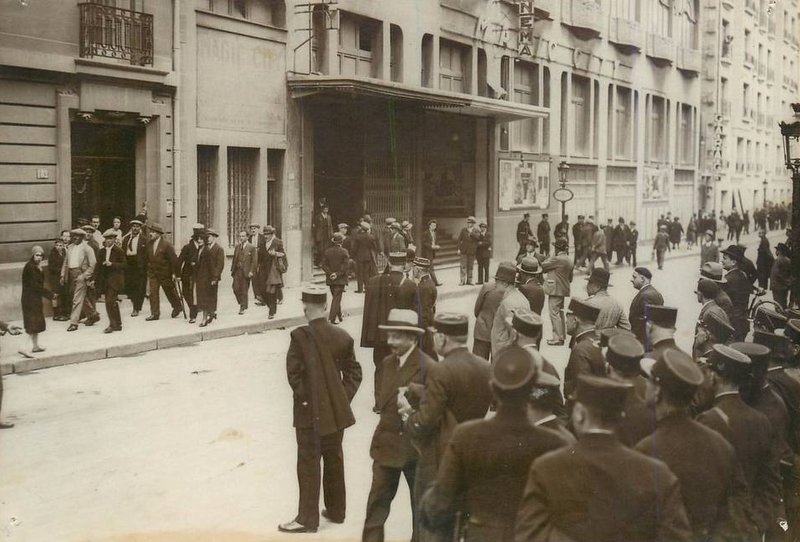
That building still stands today as converted apartments, despite it all, as a precious vestige of Belle Epoque glamour. It may look rather unassuming today, but the mind reels about the secrets its walls hide, from stories of Paris’ freewheeling freedom years to Nazi occupation. You just never know what stories your streets may be hiding…
